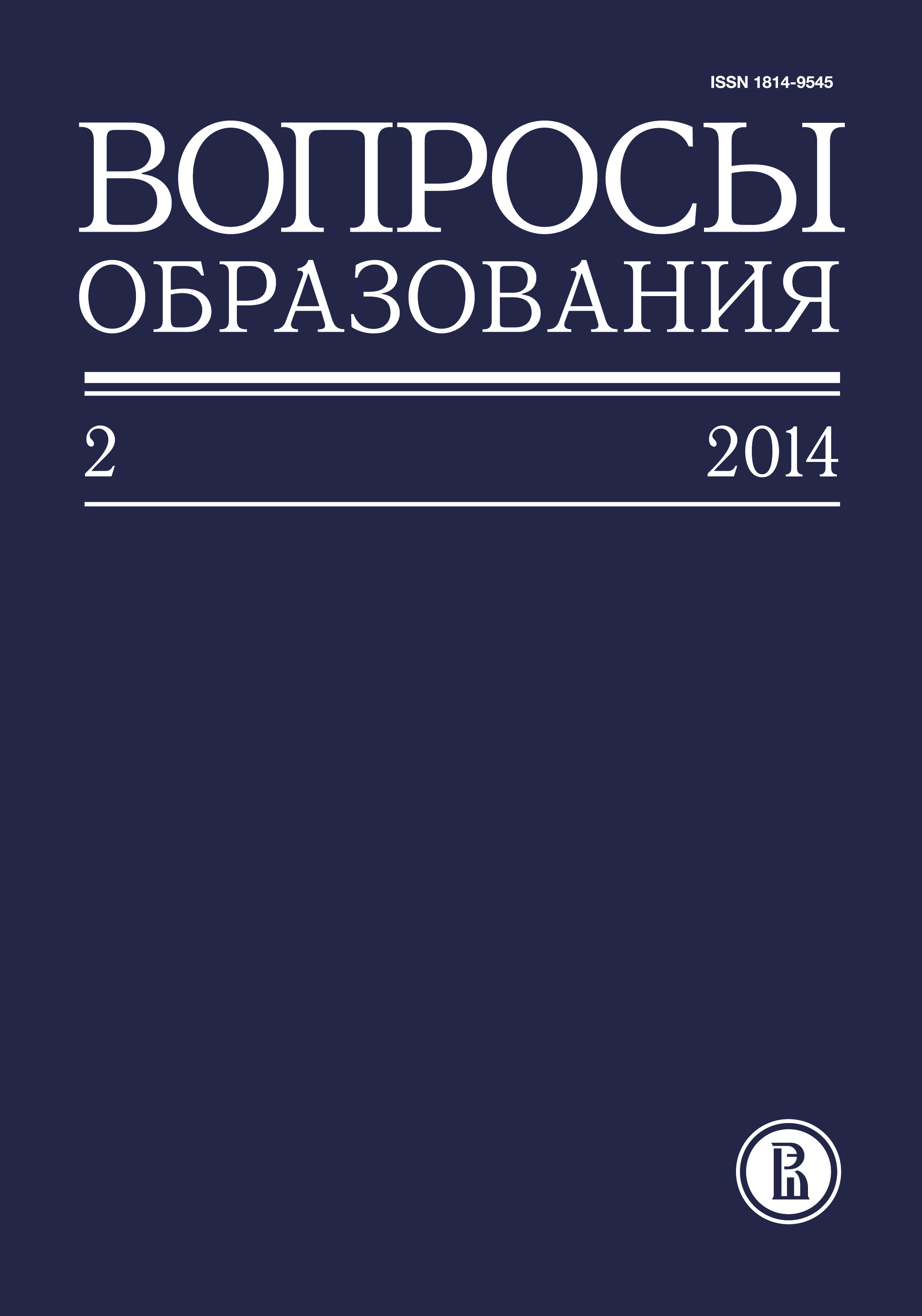Сравнительное исследование убеждений и практик учителей математики основной школы в России, Эстонии и Латвии
Аннотация
Для внедрения современных методов обучения необходимо изменить убеждения учителей. В понятии «убеждения» обобщаются концепции, взгляды и личная идеология учителя, которые лежат в основе его практики. Выделяются традиционные убеждения, согласно которым суть обучения состоит в прямой передаче знаний, и конструктивистские, ориентированные на построение знаний самими учащимися с помощью специально организованнойдеятельности. 390 учителей в Латвии, 332 учителя в Эстонии и 1096 учителей в Российской Федерации заполняли опросник Nordic-Baltic Comparative Research in Mathematics Education (NoRBA). Установлено, что различия между учителями разных стран — независимо от того, являются ли эстонские и латвийские учителя русскоговорящими, — статистически значимы по всем шкалам, участвовавшим в анализе. Все учителя реализуют свои убеждения в ежедневной практике в классах. В России 36% учителей имеют высокий уровень конструктивизма (26% в Латвии и 18% в Эстонии). В Латвии и Эстонии доля учителей, имеющих низкий уровень традиционализма (около 25% в обеих странах), превышает аналогичный показатель среди российских учителей (17,5%). Авторы приходят к выводу, что разные подходы к реформированию системы образования, используемые в России, с одной стороны, и в прибалтийских государствах — с другой, привели к значимым различиям в убеждениях учителей математики.








